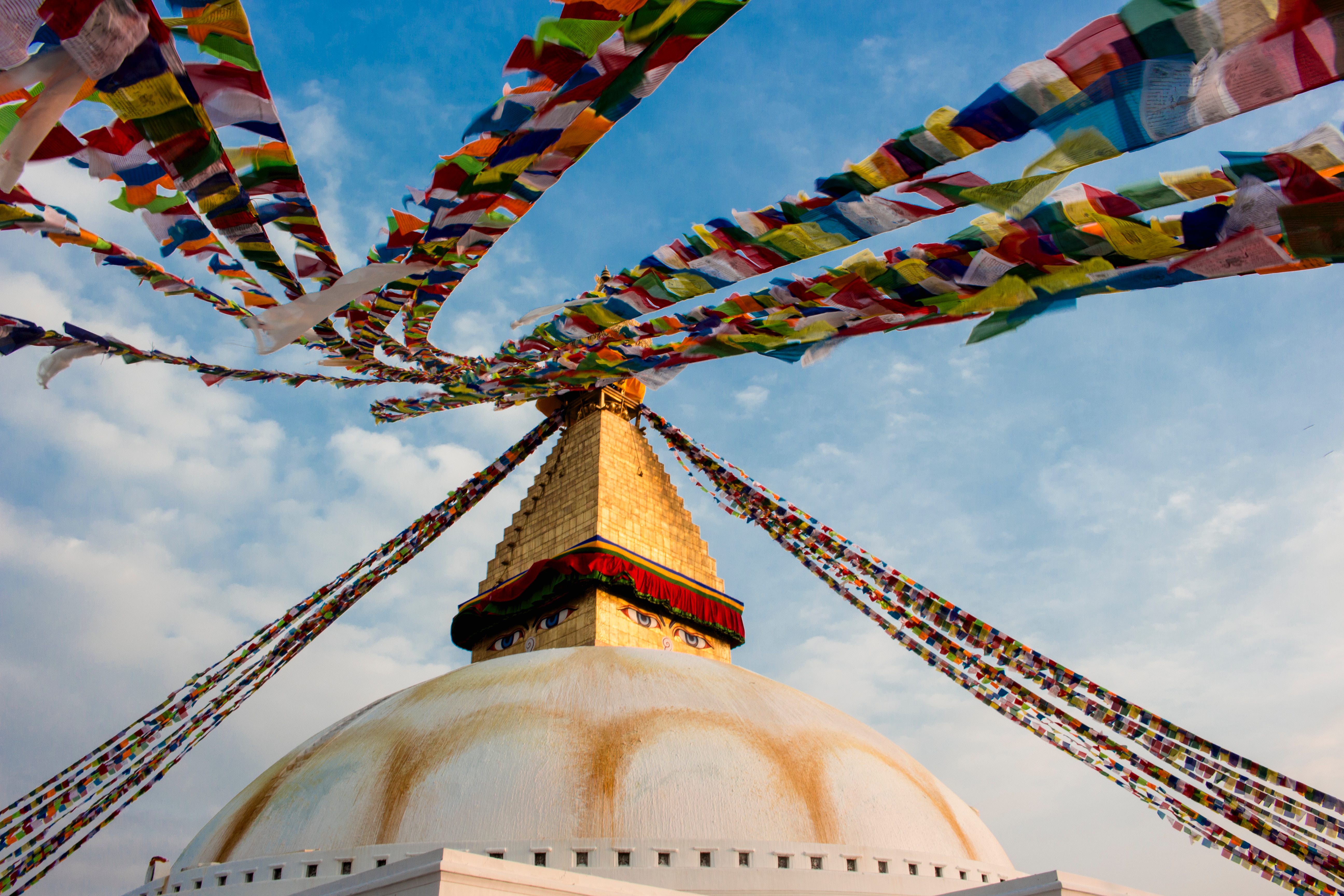
Photo by Arjoon Basnet.
Currently in its third year, the Mittal Institute’s Nepal Studies Program — led by Professor Michael Witzel, Wales Professor of Sanskrit at Harvard — continues its work engaging with scholars and practitioners in both Cambridge and Nepal. With each year of the program focusing on a different topic and led by a different faculty member, Witzel has journeyed into an exploration of Hinduism in Nepal and the important role of rituals, from the Vedic period to modern times.
The Fabric of Nepal
“Hinduism had always been the state religion of Nepal (next to some royal-sponsored Buddhist rituals), but since the emergence of the secular Republic in 2008, this is no longer the case, in spite of some scattered demands to reinstate a Hindu country,” Witzel said. “Yet, state leaders partake in certain rituals, especially those that the former kings attended (the Indrajātrā at Kathmandu or the Bhoṭo Jātrā of the Macchendranath festival at Patan). These simply belong to the fabric of Nepal — not to forget the heavy involvement of the army and police in the violent autumn sacrifices for the Goddess (Dasain, Daśarātri).”
“Nepal has been called a Museum of Medieval India — actually, it still is a functioning one: many rituals, festivals, forms of art, etc. that have long disappeared in India are still prominent, with some significant local developments as well,” Witzel explained. “In the course of modernization, some rituals are being shortened now; nevertheless, most are maintained, as they are felt to be essential.”
“A typical example is the more than a thousand-year-old Agnihotra at Patan’s Agniśālā Fire temple. The pattern of continuity and reform can easily be observed: even a casual walk through town on a day in late January showed not only the daily Pūjā at Hindu and Buddhist temples, but also public performances celebrating the first solid food for babies (annaprāśana), or ancestor rituals (śrāddha), which underlined the community participation that is also vividly present at the Agnishala,” Witzel said.
Hindu Rituals
In January 2019, Witzel led a conference in Nepal with support from the Nepal Leadership Academy and Himalayan Children’s Charities. The goal of the conference was to study the extensive documentation on Hindu rituals over the past few decades, and how it has shaped the customs of Nepal’s society. The opening speech was performed by the former Nepali ambassador to the United Nations, Jayaraj Acharya, followed by fourteen talks given by scholars, experts, and practitioners in the field. With a distinct focus on fire rituals in Nepal, Witzel and fellow speakers discussed subtopics on Agnimatha rituals, related Buddhist rites, and more.
The Nepal Studies Program has already and will continue to gather great minds together to discuss and further the research into Nepal and its culture and society. On May 2 and 3, 2019, the Nepal Studies Program will hold a companion conference in Cambridge at Harvard University.
The second part of the 2019 conference will focus on some theoretical aspects of Hindu ritual in Nepal, but will also include further exchanges between foreign and local scholars and practitioners. “We will also screen parts of extensive films made of unique rituals (at the Agnishala) not found outside the Kathmandu Valley that were shot by myself and a Dutch team (B.G. Shrestha) from 1975 to 2019,” said Witzel. Their aim is to produce a 1-hour film and a detailed book in collaboration with local and foreign scholars.
